Chinese Antiquity Man with Butterfly Wings in GhostLike Style
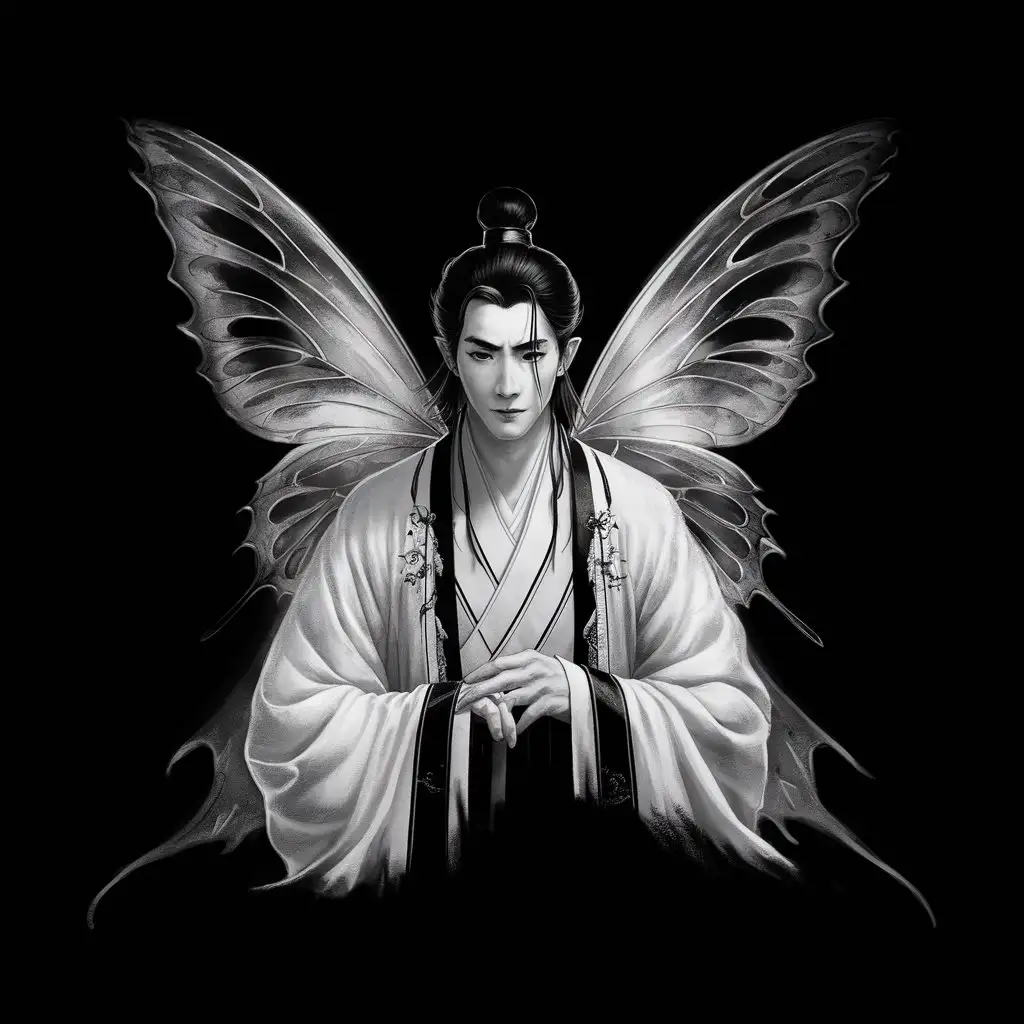
Image Prompt
Prompt
中國古代男子有著蝴蝶翅膀 空靈風格 不要有文字 黑色背景
Choose Model: visiCanvas
Aspect Ratio: 1:1
Generated by Stable Diffusion SDXL
Related AI Images
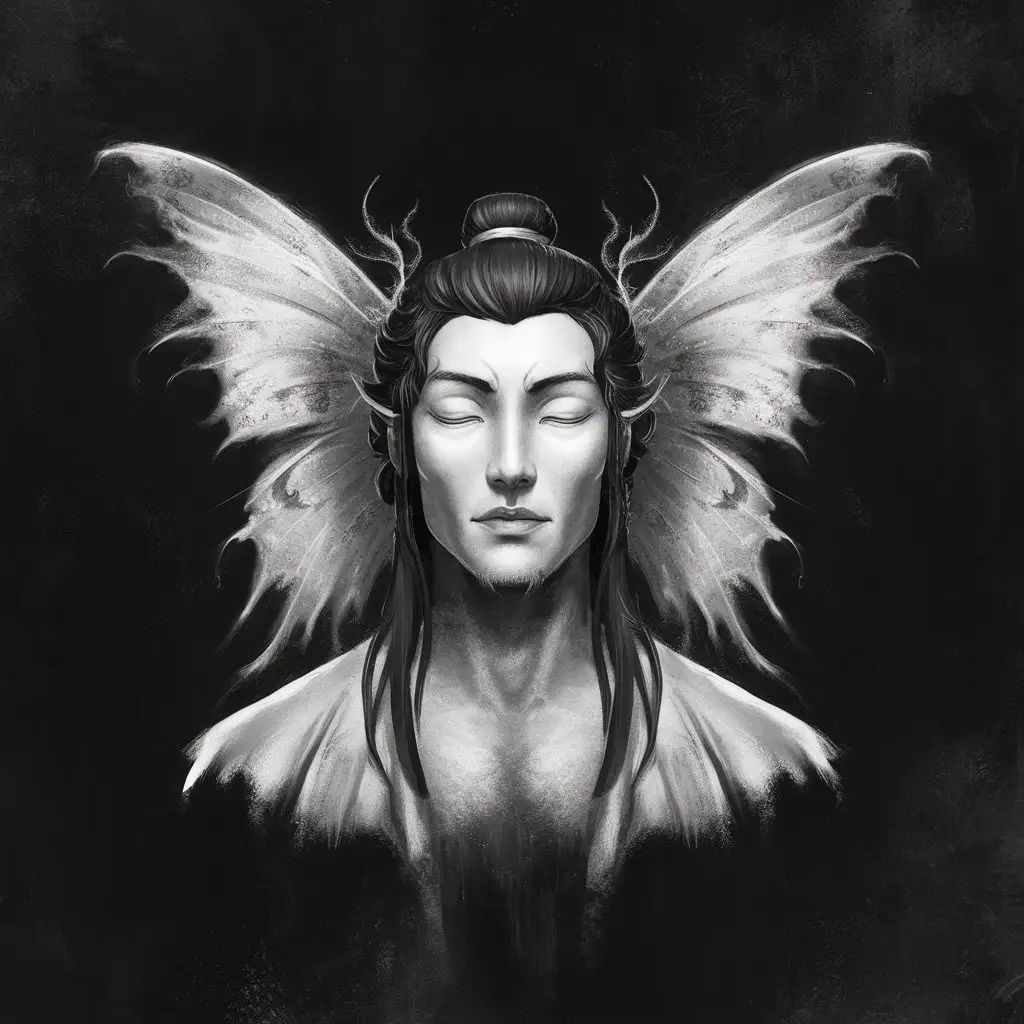
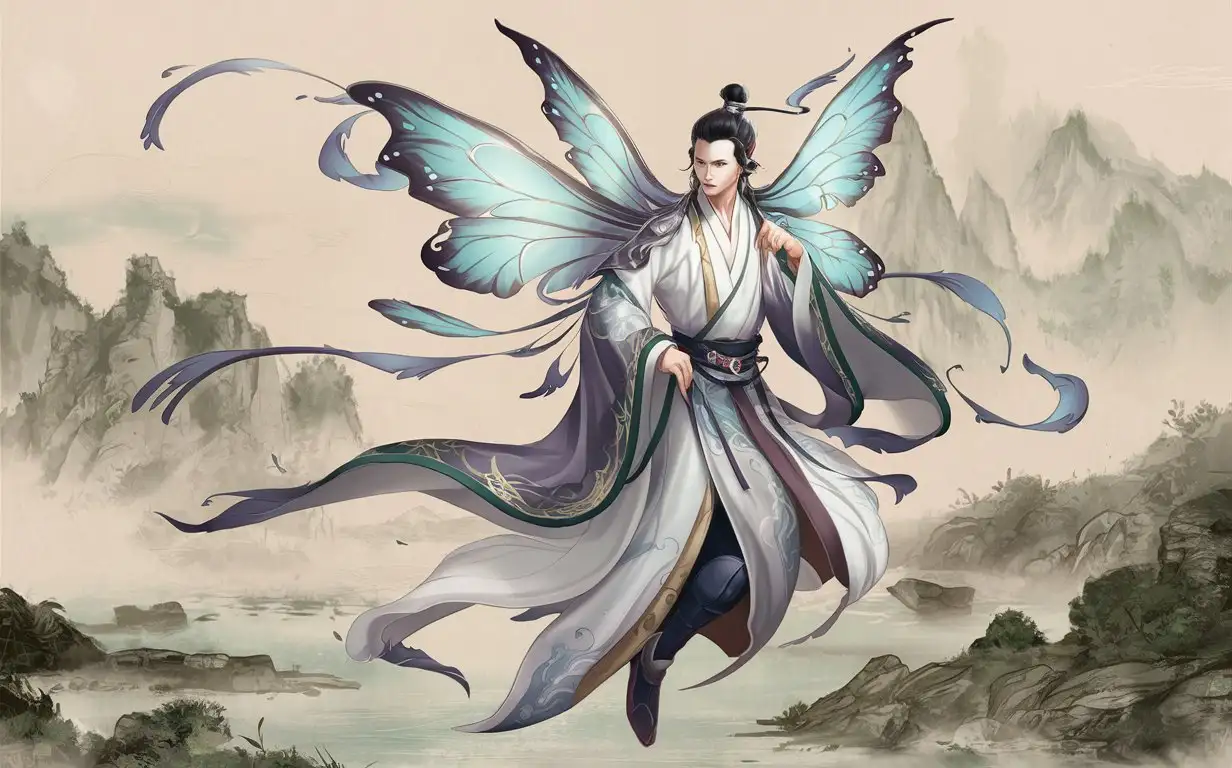
R
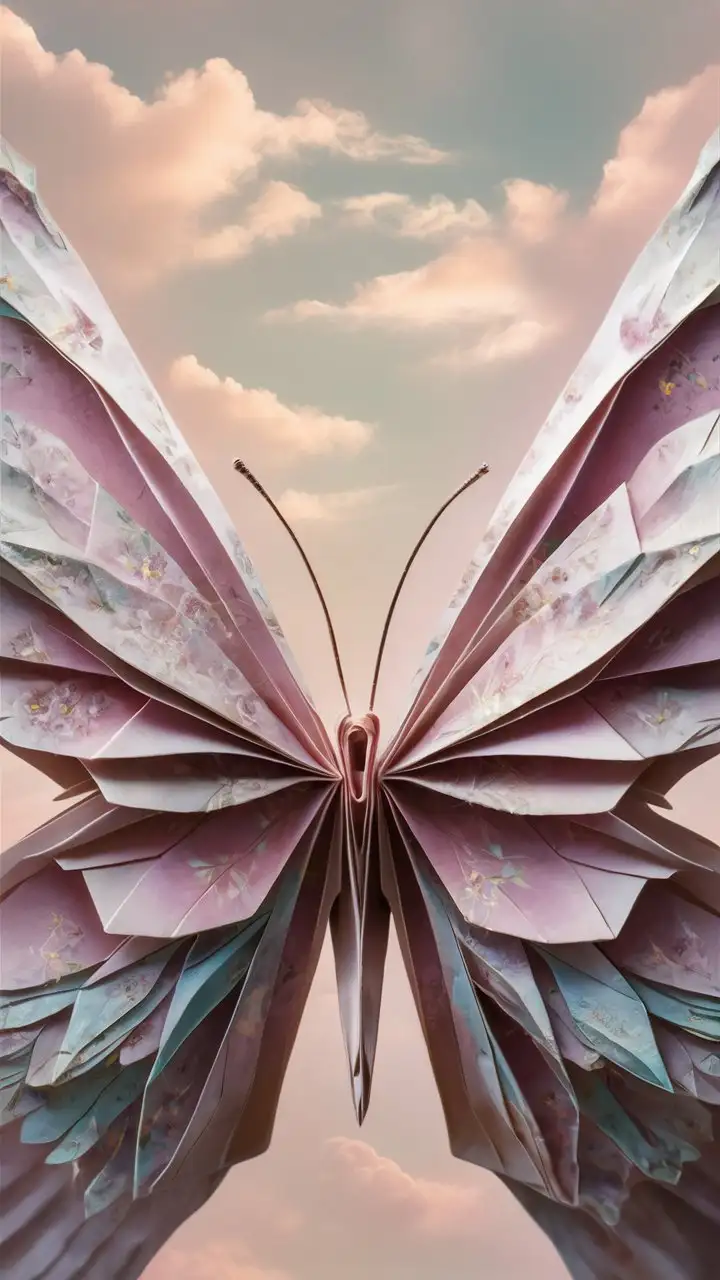
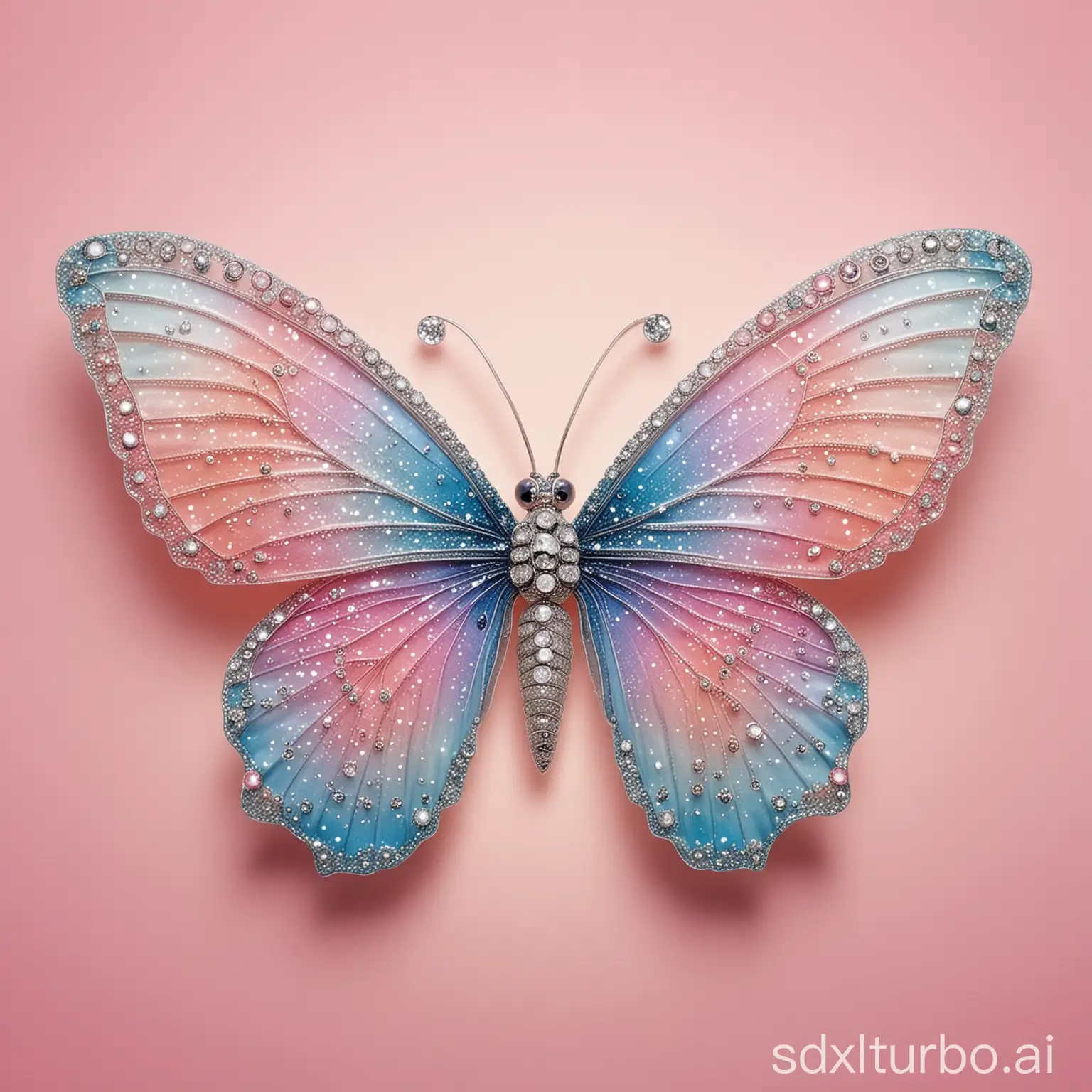
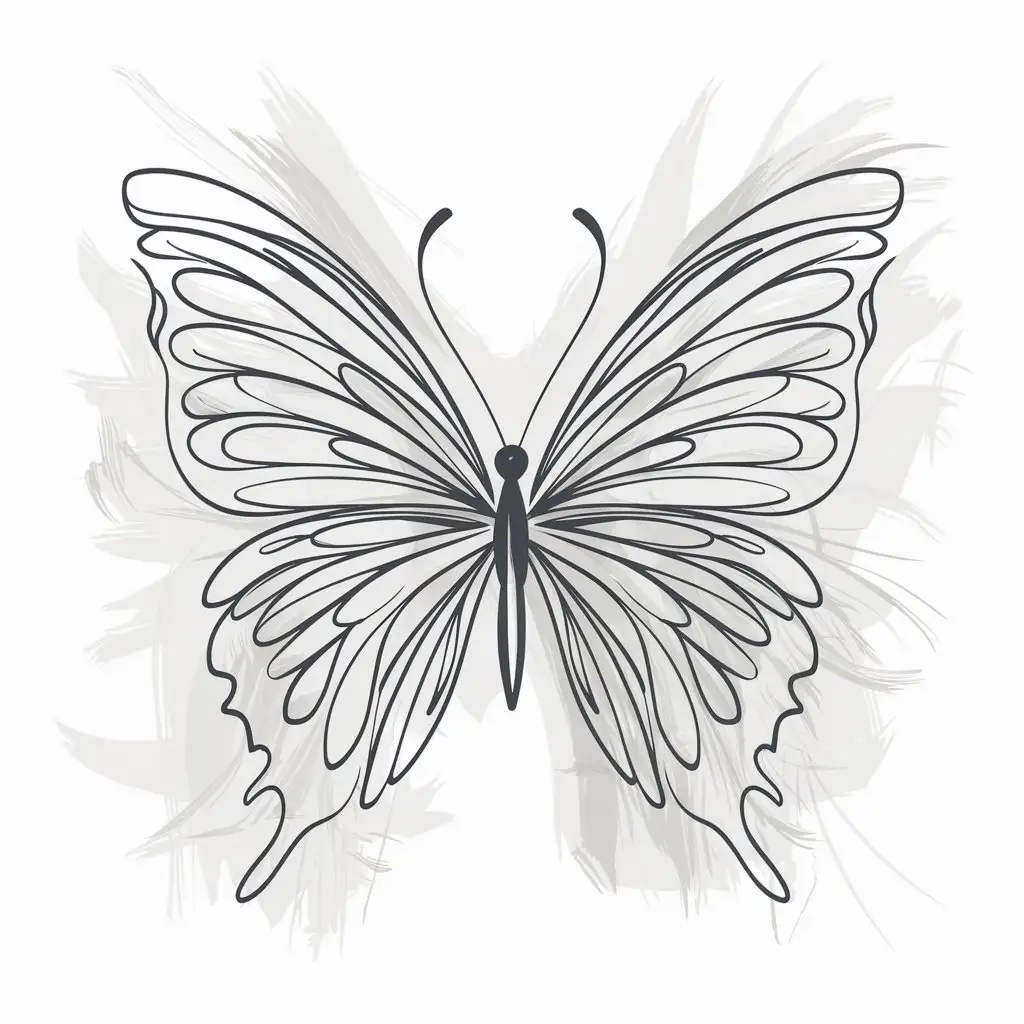
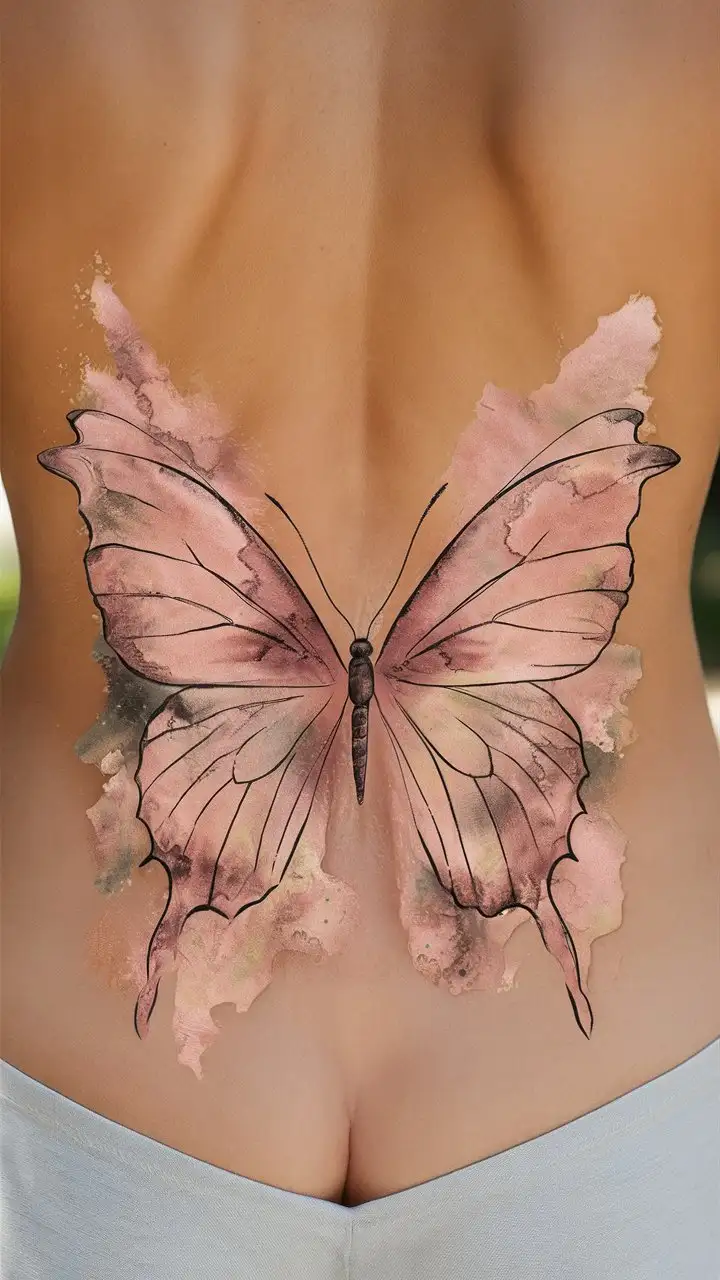
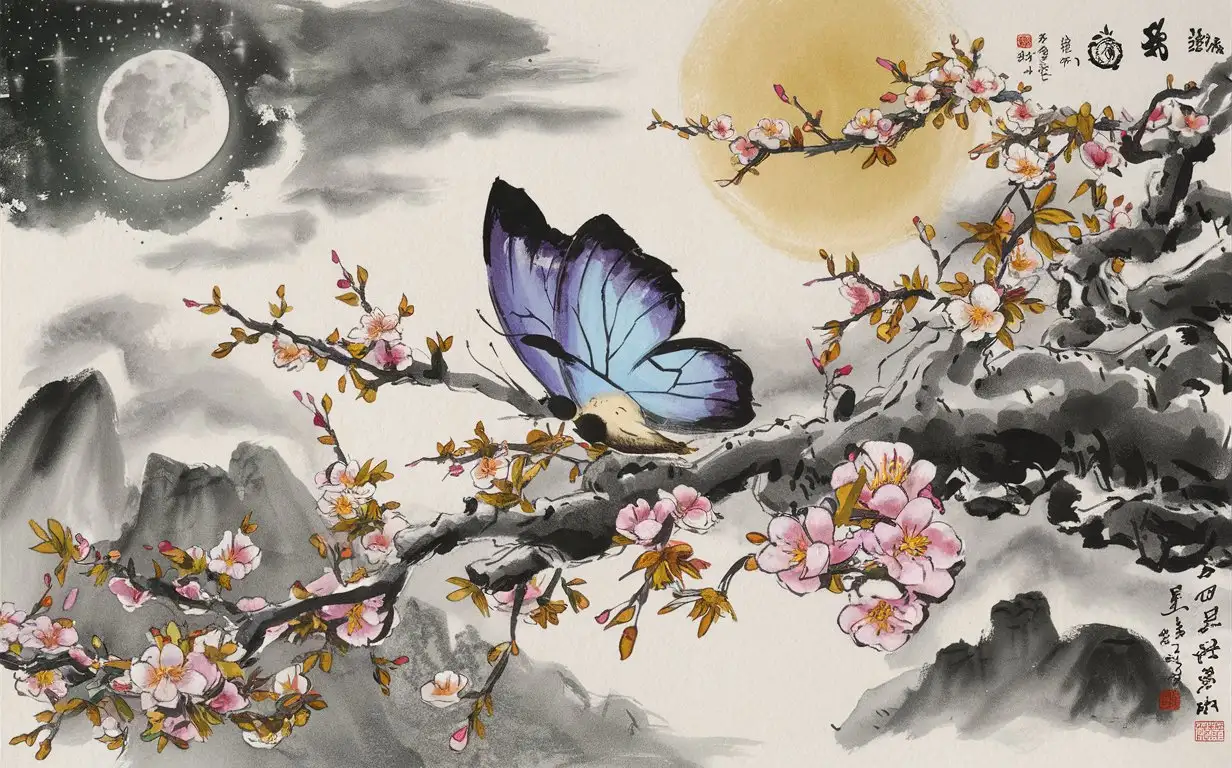
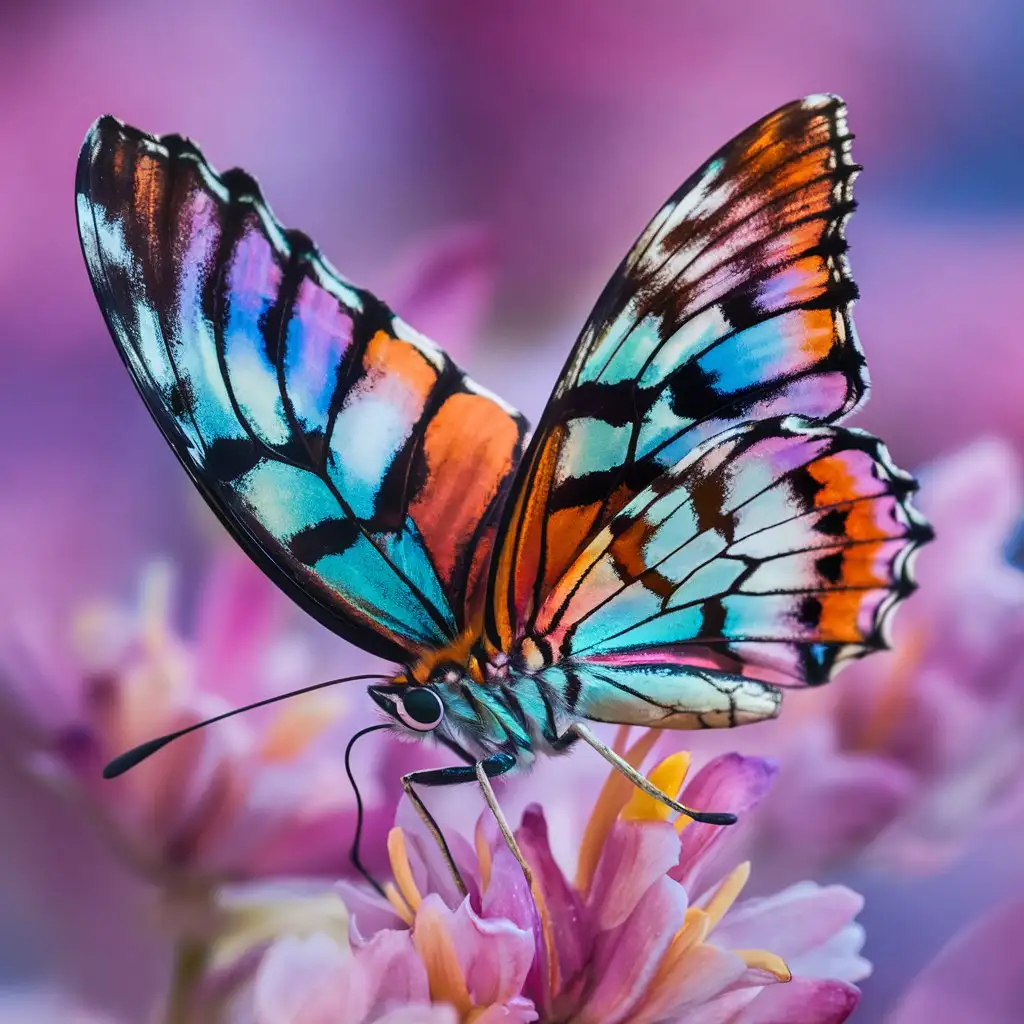
Related Tags
Prompt Analyze
- Subject: The main subject of the image is a Chinese antiquity man, suggesting a historical or mythical setting. The presence of a man from antiquity adds a sense of tradition and cultural depth to the image. Background/Style: The background is black, which contrasts starkly with the vivid colors of the man and his butterfly wings. This creates a sense of mystery and emphasizes the supernatural or otherworldly nature of the scene. The ghost-like style of the man adds to the eerie atmosphere, suggesting that he may not be entirely human. Items/Costume: The man is depicted with butterfly wings, which symbolize transformation and metamorphosis. The choice of butterfly wings adds a sense of ethereality and magic to the image, hinting at the man's ability to transcend earthly limitations. Accessories: There are no explicit accessories in the image, allowing the focus to remain on the man and his butterfly wings. The absence of text further enhances the enigmatic quality of the scene, inviting viewers to interpret the image for themselves.